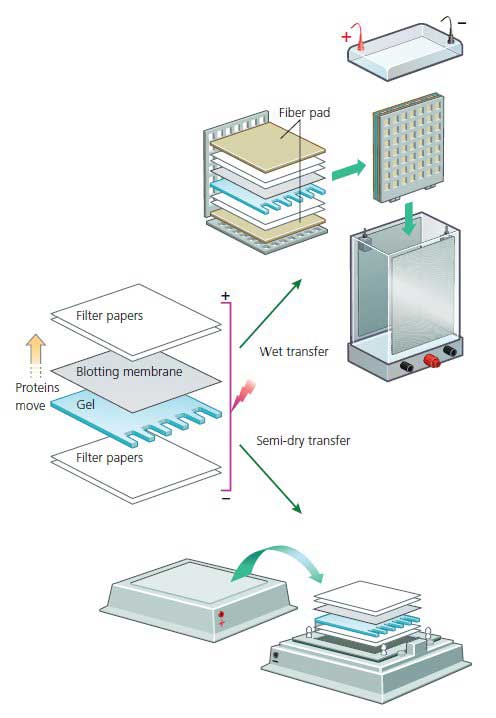

Whereas smaller pores provide a larger binding surface, increase binding capacity and reduce the chance of small proteins passing through the membrane. Larger pores allow for a broader range of protein sizes but increase the risk of small proteins passing through the membrane during the transfer. Membrane pore size may be a consideration if the protein of interest is particularly small or large. This enables the buffer to permeate the matrix and allows the proteins to bind to the membrane.įactors to Consider During the Transfer Step of Western Blotting Pore Size Due to PVDF’s hydrophobic nature, membranes require “wetting” in methanol before blotting. PVDF may auto-fluoresce, and low-fluorescence PVDF membranes must be used if fluorescent detection is to be performed to avoid background signal. However, greater membrane-protein affinity may increase the possibility of the membrane interacting with the primary and secondary antibodies, increasing the likelihood of background signal. As such, they can form stronger interactions in comparison to nitrocellulose membranes, enabling them to potentially bind more protein (~150 µg cm ²). PVDF is hydrophobic and interacts with proteins through hydrophobic and dipole interactions. PVDF membranes are chemically inert and more robust than their nitrocellulose counterparts, facilitating stripping and re-probing for alternative proteins. However, nitrocellulose membranes become brittle upon drying, making them difficult to handle if stripping and reprobing for alternative proteins are to be performed. Nitrocellulose is easily hydrated and offers a low background signal for most detection methods. Nitrocellulose membranes are non-hydrophobic and are believed to interact with proteins via noncovalent forces–electrostatic and hydrophobic properties. Membranes may be made from nitrocellulose or polyvinylidene difluoride (PVDF). Proteins are transferred from the SDS-PAGE gel to a membrane using an electroblotting tank. The blot (electroblotted membrane) is then blocked before immunodetection. The result is a mirror image of the gel pattern on the membrane. When voltage is applied, the proteins migrate from the gel to the membrane, where they are immobilized. The cathode is placed behind the gel, and the anode is placed behind the membrane.

The polyacrylamide gel and transfer membrane are placed in direct contact before being sandwiched between a negative electrode (cathode) and a positive electrode (anode). Factors to Consider During the Transfer Step of Western Blottingįollowing electrophoresis by SDS-PAGE, the separated proteins are electroblotted from the gel onto a membrane by electrophoretic transfer.


 0 kommentar(er)
0 kommentar(er)
